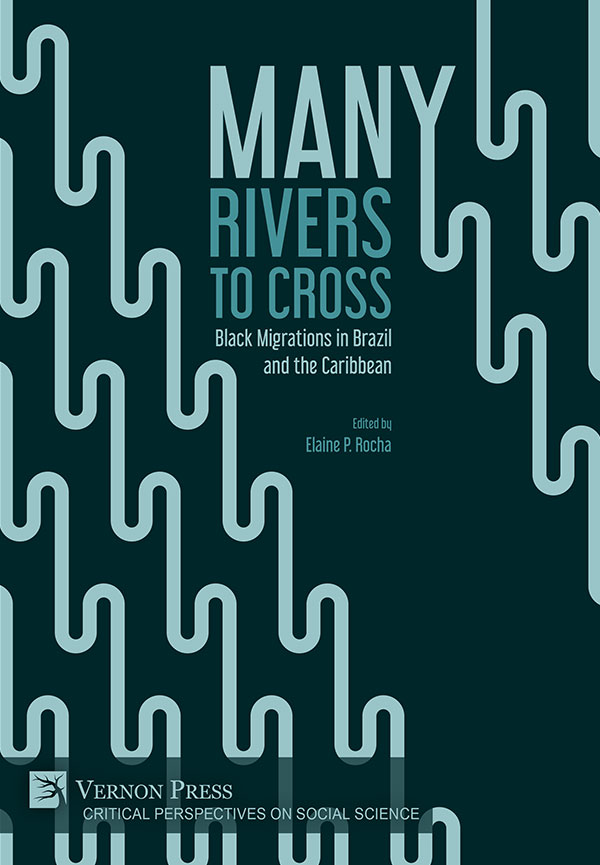Chapter in Book

Title of chapter: Historical Aspects of Forced and Free Black Migrations in the ABC Islands.
Book: Many Rivers to Cross: Black Migrations in Brazil and the Caribbean. Elaine P. Rocha (Ed.). Vernon Press, 2024.
In the chapter Historical Aspects of Forced and Free Black Migrations in the ABC Islands, Marco Aurelio Schaumloeffel examines the ABC islands – Aruba, Bonaire and Curaçao – located in the southern region of the Caribbean archipelago. These islands, although they “functioned as an entrepôt for enslaved Africans, and the slave traders operated there as “middlemen” in the lucrative business of human trafficking”, were not drawn into the plantation economy. Schaumloeffel starts with a discussion about the importation of African people from various regions during the period in which the Dutch were heavily involved in slave trading, moving onto the arrival of Portuguese-Brazilian Sephardic Jews and their enslaved workers, which had a great impact in the islands. After the abolition of slavery, black people started to move from the islands to the continent, but the migrations increased during the twentieth century when workers moved from the ABC islands to parts of the British and Spanish Caribbean. He shows that movement in the region did not take place in only one direction, as people from other islands moved to Curaçao and Aruba, attracted by economic opportunities after oil was found in the region. This intra-Caribbean migration had a huge impact on the cultural identity of the region.